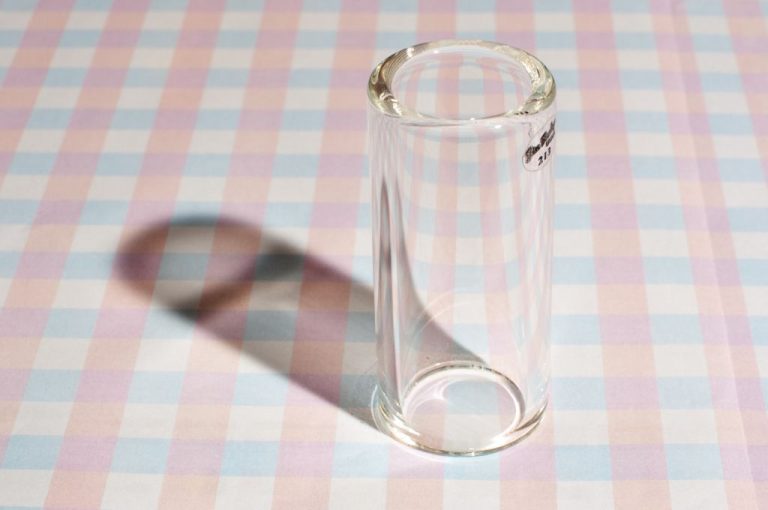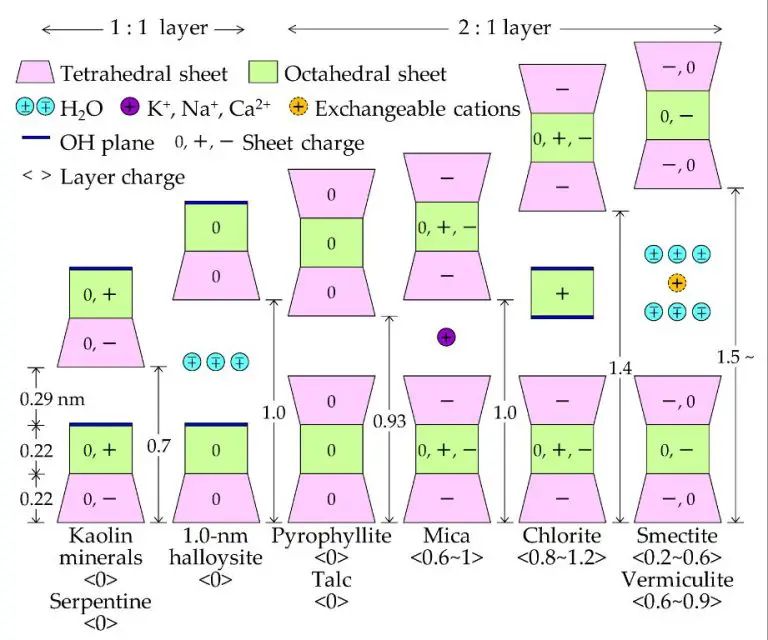Is Daiso Clay Air Dry Clay?
What is Daiso Clay?
Daiso is a popular Japanese discount store chain that sells a wide variety of household goods, toys, snacks, and more for just ¥100 (around $1 USD). Daiso first opened in Japan in 1977 and has since expanded to thousands of stores across Asia and also into North America, Europe, and Australia.
In their arts & crafts section, Daiso sells their own brand of modeling clay in a variety of colors. This air-dry clay is designed to be lightweight, non-toxic, and easy for crafters of all ages to shape into miniature sculpts and figurines.
Daiso entered the United States market in 2005, opening its first American store in California. Since then, it has rapidly expanded across the country as its mix of quirky imports and everyday essentials at an accessible price point has proven popular.
What is Air Dry Clay?
Air dry clay is a modeling and crafting material that cures and hardens at room temperature. Rather than requiring heat from an oven or kiln, air dry clay sets through the evaporation of water.
There are several different types of air dry clay:
- Polymer-based air dry clay – Made from polyvinyl acetate polymer, available in bright colors, dries hard.
- Paper clay – Made from cellulose-based paper, lightweight, easy to shape.
- Cornstarch clay – Made from cornstarch, non-toxic, smooth texture.
- Cellulose-based clays – Made from plant materials, lightweight.
The benefits of working with air dry clay include:
- Does not require baking, firing, or specialized equipment.
- Safe for kids and hobbyists.
- Low-mess, convenient cleanup with just water.
- Multiple colors and textures available.
- Lightweight, portable projects.
Composition of Daiso Clay
Daiso clay has a simple and natural ingredient list compared to many other air dry clays. The main ingredients in Daiso clay are:
- Water
- Glue
- Calcium carbonate
- Cellulose
This is similar to the ingredients found in most air dry clays which typically contain water, clay powder, glue and preservatives. However, Daiso clay does not contain any preservatives like sulfur or formaldehyde that some other clays include.
The ingredients in Daiso clay are non-toxic and safe for most users. Those with severe glue allergies may want to test a small amount before working extensively with Daiso clay. But overall it does not contain harsh chemicals or preservatives, making it a good option for kids and craft projects.
Using Daiso Clay
Daiso clay is very easy to use for modeling and sculpting. Here are some tips for getting the best results when working with it:
- Knead the clay well before using to make it soft and pliable. This makes it easier to shape.
- Use a rolling pin to roll out flat sheets for sculpting figures and shapes.
- Keep your fingers and the clay surface wet with water when shaping to prevent sticking.
- Use plastic or wooden sculpting tools to carve details and textures.
- Let your finished sculptures air dry completely, which can take 24-48 hours.
Recommended tools and supplies for working with Daiso clay include:
- Acrylic paints and brushes for painting
- Polyurethane or acrylic varnish for sealing and protecting finished pieces
- Toothpicks, clay sculpting tools, and piping tips for carving details
- Rolling pin, cutting wires, clay cutters for shaping
- Containers for storing unused clay
With some creativity and practice, Daiso clay can be used to make detailed figurines, jewelry, decorative pieces, and more. Take your time and don’t rush the drying process for best results.
Does Daiso Clay Air Dry?
Daiso clay does air dry, but it needs more time to fully cure than typical air dry clays. Standard air dry clays made of materials like cellulose or self-hardening clay typically dry within 24 to 48 hours. On the other hand, Daiso clay takes 3-4 days to dry at room temperature. Also, the drying time can be longer or shorter depending on factors like:
- Clay thickness – Thicker pieces take longer to dry.
- Air circulation – Good airflow speeds up drying.
- Humidity – High humidity slows drying.
- Clay additives – Adding water or other materials increases drying time.
So while Daiso clay is technically an air dry clay, it takes significantly longer to cure and harden compared to standard clays. The longer drying time is a drawback, but Daiso clay offers superior flexibility and durability once dry. With proper planning, the slow dry time can be managed.
Advantages of Daiso Clay
One of the main advantages of Daiso clay is its affordability compared to other modeling clays. A pack of Daiso air dry clay typically costs around $1.50 – $2.50, which is very budget-friendly, especially for kids’ projects and crafts. Most name brand clays like Sculpey can cost $5 or more per pack. The low price point makes Daiso clay accessible for school art classes, camps, and families looking for an inexpensive clay option.
Another advantage is the wide availability of Daiso clay at Daiso stores across the United States. With nearly 100 locations, it’s easy to find and purchase Daiso clay for your modeling projects. You don’t have to rely on specialty art stores or order clay online. Just visit your local Daiso to pick up packs of clay in an array of colors.
Additionally, Daiso clay is a good choice for kids and beginners because it’s easy to work with and forgiving. It has a smooth, malleable texture that’s softer than many polymer clays, making it easy for little hands to sculpt. The clay doesn’t dry out quickly while you’re working with it, so there’s time to mold it without cracking or crumbling. This makes Daiso clay very user-friendly for children and novice crafters.
Disadvantages of Daiso Clay
While Daiso clay has many benefits, there are some drawbacks to consider when using it for projects:
Limited color selection – Daiso clay only comes in a handful of colors like white, terracotta, and gray. This is far fewer options than professional polymer clays which are available in dozens of vibrant hues. If you need a specific color for your project, you may have to paint the Daiso clay after it has dried.
Messier and prone to cracking – The soft, pliable texture of Daiso clay can make it a bit messier and prone to fingerprints during sculpting. It also tends to crack more easily as it dries compared to stronger air dry clays. Gentle handling is required to avoid breakage.
Weaker when dry – While Daiso clay will harden into durable shapes, the dry finished pieces are not as strong and shatter-resistant as those made with top quality air dry clays. The models need to be handled carefully even after drying.
Best Uses for Daiso Clay
Daiso clay works well for simple kids’ crafts and projects that don’t require high durability. Its soft, malleable texture makes it easy for children to shape and mold. Popular uses include making jewelry, figurines, dolls, and decorative items.
Because air dry clay is lightweight and brittle when dry, it’s best for non-structural projects. Daiso clay is ideal for modeling miniature objects, ornamental pieces, and items that will be displayed but not handled much. The finished pieces make nice gifts, display pieces, Christmas ornaments, and keepsakes.
Sturdier clays are better choices if you need to make durable items that will withstand play and frequent handling. Daiso clay is suitable for decorative projects rather than functional ones needing more strength and longevity. Take advantage of its bright colors and ease of use for kids’ crafts, miniature models, holiday decorations, and other non-structural creations.
Alternatives to Consider
Daiso clay works well for many simple craft projects, but those looking for specialty air dry clays may want to consider some alternatives:
For More Strength: For pieces requiring extra durability, Sculpey Air Dry Clay is a good choice. It dries harder and stronger than Daiso or other regular air dry clays. The downside is it’s pricier and may require some conditioning before use.
For Large Projects: Activa Air Dry Clay, available at craft stores, works especially well for bigger sculptures and projects. It’s very lightweight even in large amounts and dries smooth and strong.
For Intricate Details: Hearty Air Dry Clay is smoother than Daiso and is great for achieving sharp lines, imprinting textures, and precision work. The smooth texture also makes painting easier. It air dries within 24 hours.
For Even Faster Drying: Paperclay is lighter than Daiso and dries fully in just 1-3 hours. It’s formulated specifically for quicker drying. The tradeoff is that it can dry out and crack more easily during sculpting.
For professional results, polymer clays that require baking may sometimes be preferable to air dry clays. Brands like Sculpey and Fimo provide vivid colors, extremely smooth sculpting, and durable finished pieces. Just be prepared for the extra steps of baking and sealing.
Conclusion
As we’ve discussed, Daiso clay is indeed an air dry clay. It dries naturally at room temperature without the need for baking. This makes it very convenient and accessible for crafters, artists, and hobbyists.
Daiso clay has a smooth, malleable texture that’s easy to work with. It can be shaped into detailed sculptures and pieces. The finished products are lightweight yet fairly durable. Daiso clay is non-toxic and safe for kids.
The main downsides are that pieces made from Daiso clay can become brittle and fragile over time. The clay can also crack as it dries if not handled properly. Proper drying and storage is important.
Daiso clay works well for simple arts and crafts projects, ornamental pieces, clay modeling, and more. Just keep in mind its limitations compared to higher quality polymer clays. But for the affordable price, Daiso clay is a great option for casual sculpting and crafting.
Overall, Daiso clay is an accessible air dry clay that’s easy to shape and dries at room temperature. While not as durable or versatile as polymer clay, its low price point and simplicity makes Daiso clay a good choice for hobbyists, kids, and casual crafters looking for an air dry modeling material.




